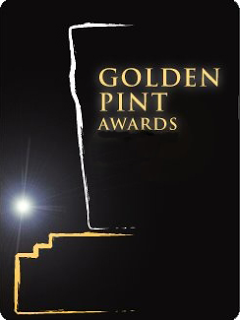Dry stout
 Did you think that Michael Jackson had made up the term Dry Stout in the 1970s to distinguish Sweet Stout from, well, Stout? Yes, so did I.
Did you think that Michael Jackson had made up the term Dry Stout in the 1970s to distinguish Sweet Stout from, well, Stout? Yes, so did I.I've just been looking at the beer can collector's site www.cannyscot.com (geddit? geddit? You see, the site is about Scottish beer cans, and, oh never mind), well worth a look, and this press cutting from 1956 caught my eye:
Tennent's also have a large stout trade. In export markets the company features three stouts to suit the palate of customers in different parts of the globe—XXX stout, dry stout and milk stout. In the home trade their sweet stout is one of the most popular bottled products of the day.
One bit of inconclusive, circumstantial evidence. I wonder if this terminology was actually used in the trade back when breweries made several different kinds of stout? They must have had the same problem of differentiation that Michael Jackson faced.


I've got a few analyses of Tennent Stouts from around the same period, but none of them is called Dry Stout.
ReplyDeleteThere's plain old Stout, Sweet Stout, Milk Stout, Nourishing Stout and Sweetheart Stout. Most have less than 50% attenuation, so could hardly be called dry stout.
You got me thinking about the earliest reference to dry stout I'd seen. Not sure I've ever seen it used pre-Michael Jackson.
Neither had I, that's why I posted this. I've never heard of anything actually being labelled Dry Stout either. They can only be using it in the same sense Michael Jackson did, to separate it from sweet stout. I've never found the argument convincing that it was anything to do with the attenuation. From the adverts it seems that sweet stout was part of the core range of Scottish breweries well into the 1960s, so it would be a necessary distinction to make.
ReplyDelete